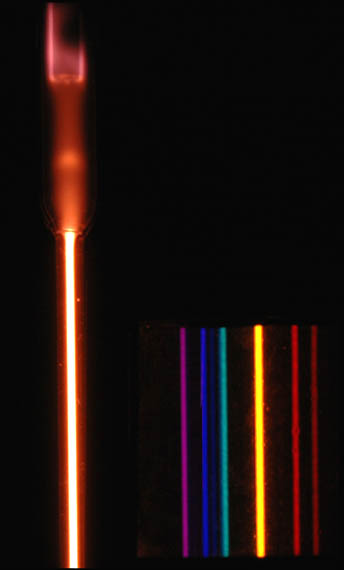https://www.youtube.com/watch?v=lLQvynogHUA&feature=youtube_gdata_player
I love live shows! Lol went well. Enjoy!
Also, watch closely. You will see a green glow in the cup... Strange things in there. The HD footage I will get to you soon. Strange green glow in the cup for a short time after I fire it...??? Odd... It's plasma. That's for sure.
Ps the cup had a seal prob and more testing needs to be done!
It was "hissing" after I fired it. Like it built up presure and slowley came back to normail... So odd. Strange strange.
Enjoy. I'm on some where around 50 min in.
~Russ




